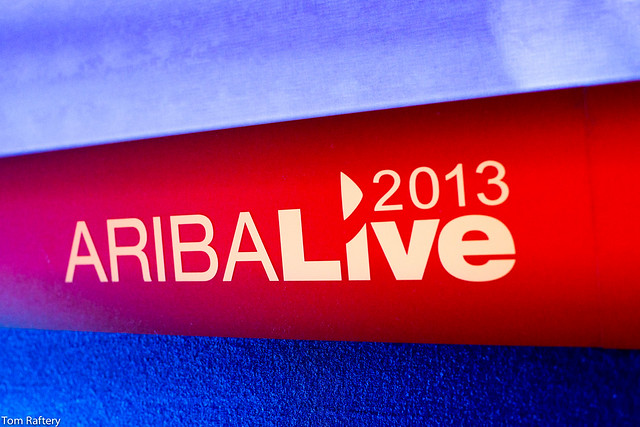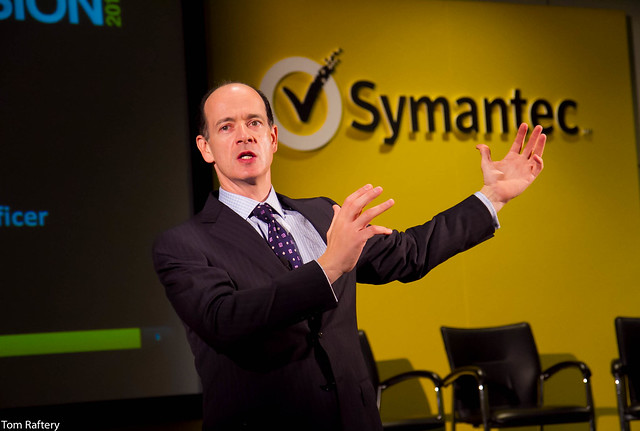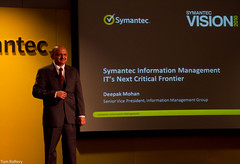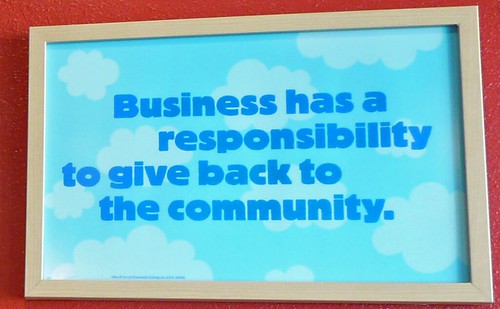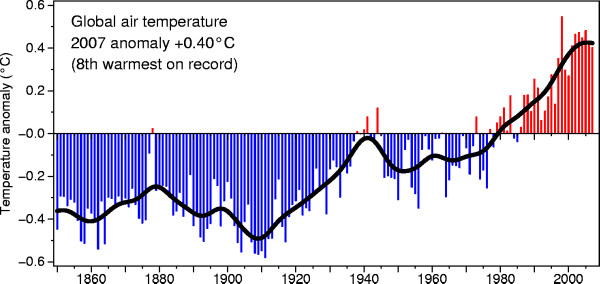Fujitsu Siemens announced their 0 Watt (as in zero Watt) PC at CeBit this week.
I asked Fujitsu Siemens’ Green IT Coordinator and Spokesman, Dr Bernd Kosch to come on the show to talk to us about the thinking behind this announcement and he very generously agreed!
Of course the PC does consume more than 0 Watts when operational, however, the clever bit is that unlike standard PCs which consume anywhere from 1 Watt to 5 Watts and up when in standby, the new Fujitsu consumes 0 Watts in standby!
Combine this with one of Fujistu Siemens’ 0 Watt monitors (also 0 Watts in standby), roll out policies which put all PCs into standby after hours and you drastically reduce your energy footprint (many office computers are used no more than 8 hours a day and not at all at weekends)!
The bad news? The computers won’t be available to buy until this summer.
Related articles by Zemanta
- Fujitsu Siemens Plans For Zero Energy Computer (ubergizmo.com)
- Fujitsu Siemens introduces “zero-watt” Esprimo 7935 PC (engadget.com)
- Fujitsu Siemens Sets Sights on Zero-Watt Desktop PC (treehugger.com)
- Fujitsu Siemens ESPRIMO Green Zero-watt PC (ubergizmo.com)
- Fujitsu to launch zero-watt PC (vnunet.com)



